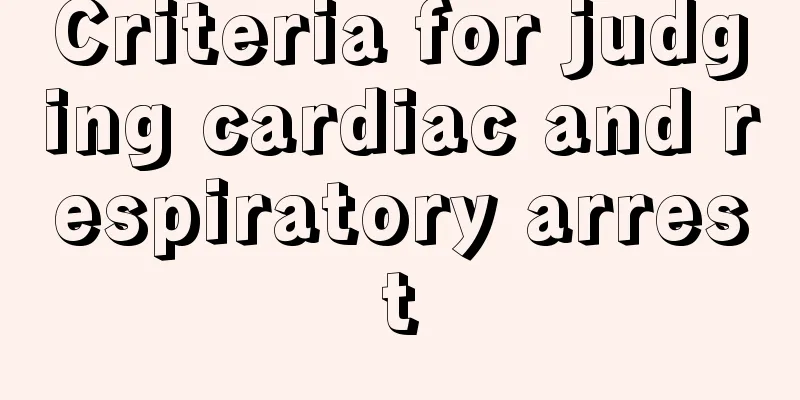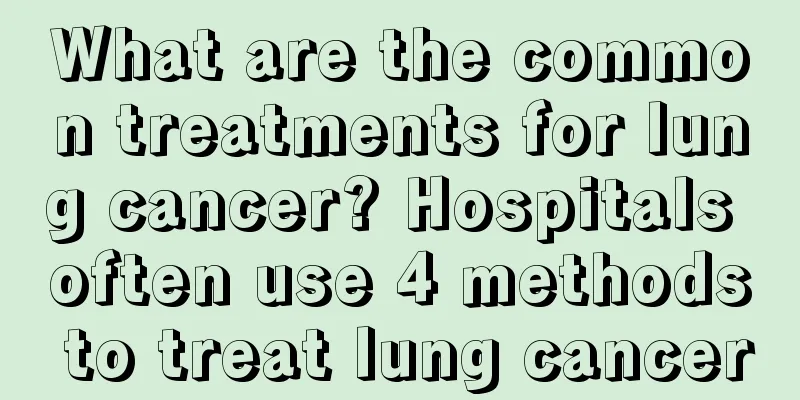Criteria for judging cardiac and respiratory arrest

|
The criteria for judging cardiac and respiratory arrest are first divided into primary and secondary. They are mainly caused by diseases of the heart and lung functions and other organs, such as myocardial infarction, coronary heart disease, respiratory tract burns, etc. Another reason is congenital problems with lung function or heart function, which will lead to cardiac and respiratory arrest in patients. Once the patient has this disease, he should take appropriate care and treatment measures to recover as soon as possible to ensure that there may be some complications in the body, which needs to be understood clearly. Pathogenesis From the perspective of the occurrence mechanism, cardiac and respiratory arrest can be roughly divided into two categories: primary and secondary. Primary Primary refers to those caused by diseases of the heart and lungs themselves, such as myocardial infarction, coronary heart disease, pulmonary infarction, respiratory tract burns, respiratory tract obstruction, etc. Secondary Secondary means that the heart and lung organs themselves are normal, but due to diseases in other parts or organs, pathological changes in the whole body occur, resulting in cardiac and respiratory arrest, such as severe trauma, electric shock, drowning, shock, poisoning, acid-base imbalance, electrolyte disorder, autonomic nervous system disorder, etc. But no matter what the cause is, it is caused by direct or indirect mechanisms such as reduced coronary perfusion, arrhythmia, weakened myocardial contractility or decreased cardiac output. Rescue methods If a patient is found to have cardiac and respiratory arrest, he should be placed in a supine position immediately. 1. Determine whether the patient is conscious. 2. Check whether the aorta is pulsating. 3. Observe for breathing. If none of the above is present, it should be considered as cardiac arrest and the patient should be given CPR (cardiopulmonary resuscitation) immediately. A. Open airway The first aider presses the forehead with his right hand to tilt the head back and lifts the chin upward with his left hand. At the same time, use your fingers to remove foreign objects from the patient's mouth and nasal cavity. B. Artificial respiration Pinch the patient's nose and perform mouth-to-mouth artificial respiration. C. Chest compression Press the base of your palm on the patient's sternum, at the midpoint of the line connecting the two breasts. Frequency: 100 times/min. Press to a depth of 4 to 5 cm. After every 30 compressions, artificial respiration should be performed twice. After 5 consecutive cycles, the patient's breathing and circulation signs should be reassessed. |
<<: Open tuberculosis isolation measures
>>: Which organ secretes insulin
Recommend
Can passion fruit be eaten directly?
Passion fruit is an oval-shaped fruit that is pop...
How to prevent laryngeal cancer and esophageal cancer
Our daily food and drink all pass through the thr...
Brief analysis of three common treatments for rectal cancer
Rectal cancer is a tumor that is difficult to com...
What are the drugs for treating liver cancer
Treatments for liver cancer are divided into two ...
What to do if your face turns red when using air conditioning in winter
The weather is cold in winter, and sometimes you ...
Do you know what are the symptoms of advanced laryngeal cancer?
What are the symptoms of late-stage laryngeal can...
Fat filling uneven
Fat grafting is a new cosmetic surgery technique ...
How to remove the lumps left by cystic acne
The appearance of acne has caused many people who...
How to correct facial asymmetry
Facial asymmetry is a very serious condition. It ...
How to do your hair in a good-looking way
A good-looking hairstyle can add a lot of points ...
Is scalp detoxification useful?
Scalp detoxification is effective because the sca...
How to make banana pearl powder mask
Banana is a fruit that many people like to eat. B...
Are regular tennis shoes suitable for running?
Whether you want to keep fit or lose weight, runn...
What should lung cancer patients pay attention to in their diet? Five types of food that lung cancer patients can eat
In my country, there are far more male lung cance...
Could persistent sore throat be laryngeal cancer?
Most cases of sore throat may be caused by pharyn...









